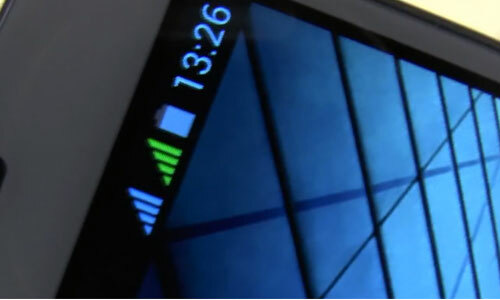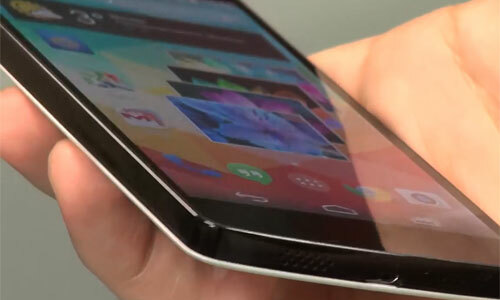It would seem, more recently people were happy with the appearance of mobile phones. Now such a miracle will surprise no one: probably there is not a person in the world who does not have a mobile phone in his pocket. And now the time has come when ordinary phones were replaced by more complex inventions - communicators and smartphones.

So, let's talk about the difference between a smartphone and a communicator.
Assignment of
Smartphone
There is not quite the right opinion that a smartphone is a tiny computer. This is a misconception: a smartphone is a full-fledged mobile phone with a small number of PC functions. That is, the main purpose of the device is still the implementation of mobile communications.
In addition to telephone conversations with the help of a smartphone, you can:
- go online( it has built-in Wi-Fi);
- to conduct electronic correspondence;
- listen to music and radio;
- view video;
- read texts, etc.
Communicator
The communicator is, first and foremost, a computer. The functions of a mobile phone for him are an addition.
Operating system
Communicators and smartphones are equipped with an open source operating system. This means that you can download the necessary applications to the device, thereby increasing the list of possibilities for solving the necessary tasks. Now several OS are created, intended for equipping smartphones( for example, Google Android, Windows Phone, etc.).

Communicators are most often based on Windows Mobile. Experienced programmers like it more( because it's more familiar).And with applications in this case is simpler: many free programs are created that work correctly with Windows Mobile. Well, those few people who are not familiar with computer technology, anyway, which system to master.
Speed
Because the communicator is a small computer, and accordingly the processor is more powerful, so its speed is higher than that of smartphones.
Control method
One of the main differences between a communicator and a smartphone is the control method:
- smartphones are equipped with a telephone keypad;
- communicators have a touch screen and a computer type keyboard "QWERTY".
However, the latest fruits of the works of Nokia and Sony Ericsson have confused all the cards: the leaders of mobile phones have added a computer keyboard to the design of smartphones. And Sony Ericsson even more brought these devices closer, replacing the usual screen with a touchscreen.
And yet, contrary to such decisions, the difference between a smartphone and a communicator is most apparent in their appearance.
Appearance
Communicators and smartphones retained the main features of their "ancestors": the first is similar to a PDA, and the second - to a classic mobile phone. Smartphones are made in the form of a monoblock, "clamshell" or a slider.
The appearance of communicators is more diverse. This is due to the need to most efficiently place a full keyboard. And it takes not too little space.

- Slider: can be expanded in a downward or right direction. The opening keyboard has a more comfortable key size when shifting it to the right. The communicator is horizontal at the same time. To work on a wide display is much more convenient than on a narrow one. OS changes the position of the "picture" on the display in automatic mode.
- Miniature laptop: the case is made as a laptop.
- Monoblock: this design is available in two versions:
- The computer keyboard is located below the display( it is open).
- There are two keyboards. They are placed at the bottom of the monoblock, but are made in the form of a "two-layer" design: the computer keyboard hides under the telephone. If there is a need to perform computer tasks, the upper block is thrown back - and the mini-computer is ready to execute the user's commands.
Price
At cost, communicators outperform smartphones. If you compare devices of the same class( for example, the economy), then the smartphone will cost one and a half times less than the communicator.
Despite the above differences, and products of the younger generation differ little from each other. There are copies which manufacturers persistently call smartphones, and in their functionality they are superior to communicators. Probably, in due course both kinds of production will merge into a single group.
